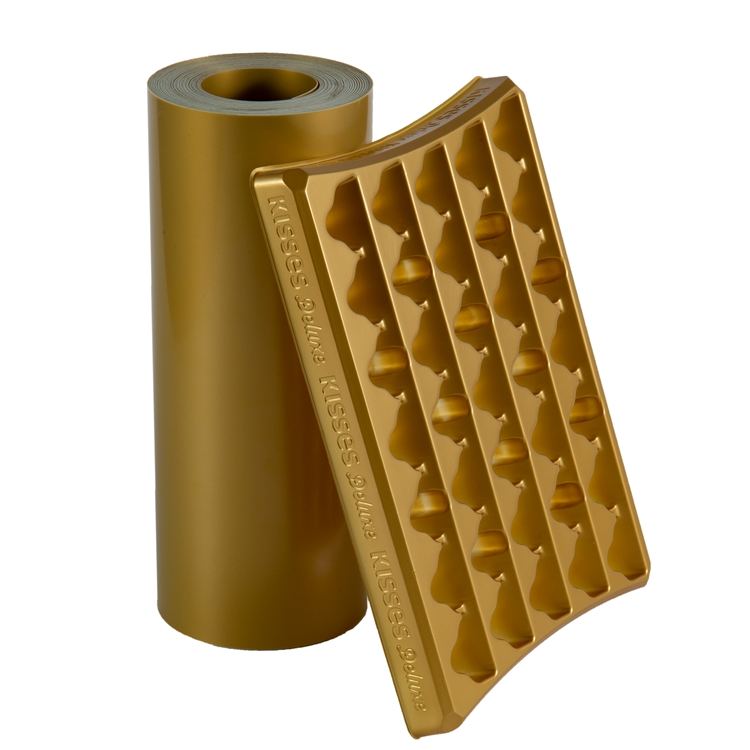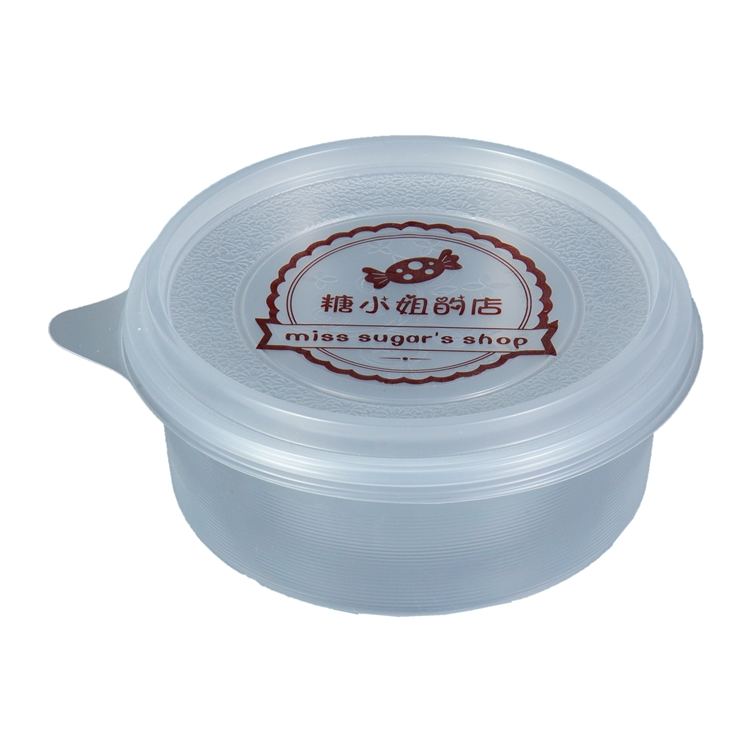There are a lot of materials that we don’t know are widely used in daily life, such as PP materials, household utensils and containers such as plastic bowls, cups, boxes, etc. are all made of PP materials, so in the end PP What material is it? here we come to find out.

PP material
The English name of the PP material is polypropylene. The first P stands for poly-"multiple, polymerized", and the latter P stands for propylene "propylene". Temperature resistance -20-120 degrees, is one of the most common plastics used in microwave ovens.
Some of our common old-fashioned daily necessities slippers are made of PVC. They become very hard in summer and winter, which has a lot to do with the temperature sensitivity of PVC. PVC will decompose toxic gas-chlorine at high temperature. Among the three, PVC has the highest density.
The three PP materials and daily necessities are all polymer materials, and they are all polyolefins. In layman's terms, they are all plastic raw materials, and these three are generally granular.

Ordinary plastic bags for daily necessities are made of PE, which has better toughness. PE is also divided into HDPE (high-density polyethylene) and LDPE (low-density polyethylene). The difference in density causes some of its properties to be very different. Big difference.
PP material is a relatively safe plastic in daily necessities plastics. General food packaging bags are made of it. Of course, PP also has a grade, and food packaging must be food grade. pp has the smallest density among the three and can float on water.
These polymer materials can generally be modified by adding some other materials to make them superior in overall performance or in a certain aspect for special purposes. Of course, the price after modification can sometimes increase significantly.
